
FS-1055 | January 2017
Farm Data: Ownership and Protections
EXECUTIVE SUMMARY
The issue of farm data has been a contentious point of debate with respect to ownership rights and impacts when access rights are misappropriated. One of the leading questions farmers ask deals with the protections provided to farm data. Although no specific laws or precedence exists, the possibility of trade secret is examined and ramifications for damages discussed. Farm management examples are provided to emphasize the potential outcomes of each possible recourse for misappropriating farm data.

Discussions of “big data” are common on the local and national news, in newspapers, and at the corner coffee shop or at gas stations in rural communities. “Big data” is the term applied to the massive volumes of information stored digitally on computers, servers, and clouds. These data sets are large or complex, making traditional data processing applications largely inadequate.
However, the concept of big data is much more than an immense amount of numbers. The information, when interpreted and applied, can help scientists, researchers, businesses, marketers, medical professionals, and governments understand and respond to local, national, and global issues.
The concept of big data in agriculture refers to aggregated farm data gathered from numerous farming operations into a single database or repository. For example, corn growers may collect site-specific geospatial and metadata (information which describes, explains, or locates data to make it easier to retrieve, use, or manage) across many acres. Site-specific geospatial data may include as-applied seeding rates, soil nutrient information, and yield monitoring data. Metadata include the number of acres, and when, where, and which inputs were applied and cultivars planted.
Combining each farmer’s data across a geographic region is generally considered “big data.” These data can be digitally shared with agricultural technology providers (ATPs), farmer cooperatives, policymakers, and many other public or private sector entities through a cloud-based system.
There are significant concerns and risks, however, surrounding farm data. History shows the law rarely keeps up with technology and farm data are no exception. Courts often struggle when applying existing laws and previous rulings to modern technology. As of 2016, no existing laws cover farm data ownership or implications of misappropriation of that data.
In this report, we consider farm data issues in the context of current laws pertaining to intellectual property and more specifically, trade secrets. Case law and/or legislation are likely to be the deciding factor in determining the rights and protections associated with farm data. State legislatures can help by clearly defining rules to guide courts in handling new technology (Goeringer et al., 2015).
Benefits of Big Agricultural Data Can Be Vast But Are Largely Unproven
Big farm data have the potential to assist in developing prescriptive planting programs, customized fertilizer and pesticide applications, hybrid seed selection, and much more. In addition to farm and industry benefits, big farm data can potentially benefit society by enabling analysis of issues for the public good which may otherwise go unaddressed.
Big farm data have the potential to assist in developing prescriptive planting programs, customized fertilizer and pesticide applications, hybrid seed selection, and much more.
Although improved societal welfare such as clean water and reduced pollution benefit everyone, ATPs and other private firms may not directly address these issues. The availability of big farm data may allow public entities such as the land grant university system to address societal concerns. Data from best management practices for manure and waste, for example, may help researchers determine which practices best protect the health of waterways.
Farm Data Can Be Intangible, Irreplaceable, Non-Rival, and Non-Excludable
Due to its digital nature, farm data are considered intangible. Unlike most touchable physical goods such as grain, livestock, machinery, and land, copies of digital data are identical to the original. Multiple entities may have access to copies of data--a very different scenario than farmers’ grain stored in an elevator.
Data are also irreplaceable. Farm-level data may not be recovered if there is a data transfer or equipment malfunction, unless a backup copy is available. Since data may be lost during manual transfer, wireless cellular communication systems such as telematics (information technology which enables long-distance transmission of computerized information) are increasingly favorable features. The market demand for data security to prevent data loss is growing.
Data are also considered non-rival because one person accessing the data does not alter another person’s ability to use it (Griffin et al., 2016). Reports on weather or spot commodity prices are classic agricultural examples of non-rival goods.
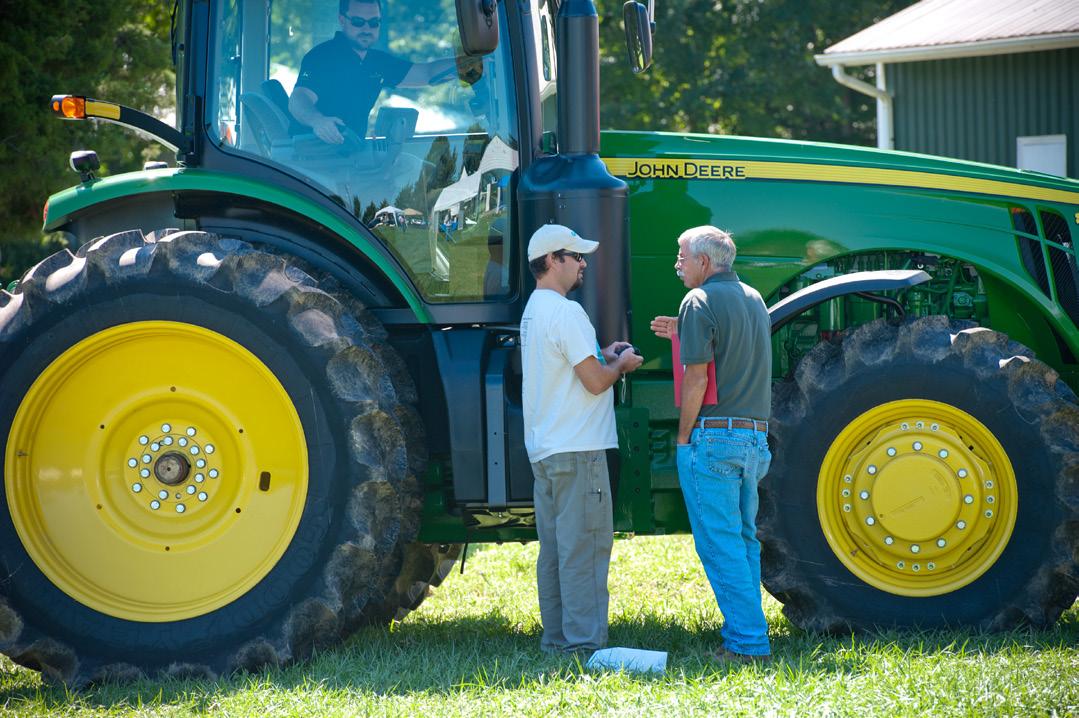
The next logical question is whether data can be considered excludable or non-excludable (Griffin et al., 2016). Excludability depends on several factors such as whether the data was shared with a thirdparty or within a community, and if ownership can be maintained. Excludable goods carry the owner’s right to deny access to others. Most privately held goods are excludable.
Commodity price data may be privately held and accessible only to subscribers rather than publicly available. When a government entity such as the U.S. Department of Agriculture (USDA) reports commodity price data, it is a public good and so is non-excludable. Privately held agricultural data can be excludable while solely in the possession of the party that generated it; however, once the data are shared with other parties or aggregated, excludability is eliminated, at least from the farmer’s perspective.
Who Owns Farm Data Is Not Always Clear
What does ownership of data mean? Who owns the data an ATP gathers from a farm? Is it the farmer’s? Does the ATP now own it?
FICO scores (credit score used by 90% of lenders) provide an analogy for considering farm data ownership. FICO scores range from 300 – 850, with the higher numbers (usually around 760 or higher) representing less risk to the lender or insurer. If an individual wants to finance the purchase of property, equipment, or even animals, the lender likely will obtain the person’s FICO score to evaluate their financial status.
The FICO score is calculated from data collected about the individual (financial history, assets, etc.). The data are not necessarily owned by FICO. However, FICO collects the data and analyzes it to derive a score used by lenders and consumers for financing purposes. FICO creates a “good” that the company owns even though FICO did not own the original data.
The ATP, cooperative, or other technology provider creates a new use for the data after it is collected, analyzed, and made useful, similar to a FICO score. Digital data are identical to the original farm-level data and are considered the “property” of the farmer. However, once another party copies the digital data, the original owner has lost control, i.e. the data are no longer exclusive.
Farm Data Ownership Is a Hotly Debated Topic
To sort out some of the issues concerning ownership, consider what it means to “own” something. Legally, ownership provides the right to:
- POSSESS
- USE
- ENJOY
- EXCLUDE OTHERS FROM
- TRANSFER
- CONSUME or DESTROY
In the context of a tangible good like a bushel of grain, this definition is easy to understand. The owner has the right to possess a bushel of grain produced or purchased and use the grain for his/her own purposes. The owner also has the right to exclude others from using the grain. Ownership also conveys the right to transfer, sell, consume, or destroy the grain. Destroying the grain may seem unreasonable but ownership rights give the owner that option.
When considering ownership of farm and other data, the rights and responsibilities of the parties are less clear. Farm data are not a tangible asset, like a bushel of grain. Instead, ownership should be considered in terms of rights and responsibilities of the parties with access to the data.
Broadly speaking, any confidential business information providing an individual or enterprise with a competitive edge may be considered a trade secret.
Typically, the type of property determines the associated rights and responsibilities. However, farm data have not been legally classified. One legal argument is that farm data should be classified as intellectual property and more specifically, trade secrets. Broadly speaking, any confidential business information providing an individual or enterprise with a competitive edge may be considered a trade secret.
States Follow Federal Law in Defining Trade Secrets
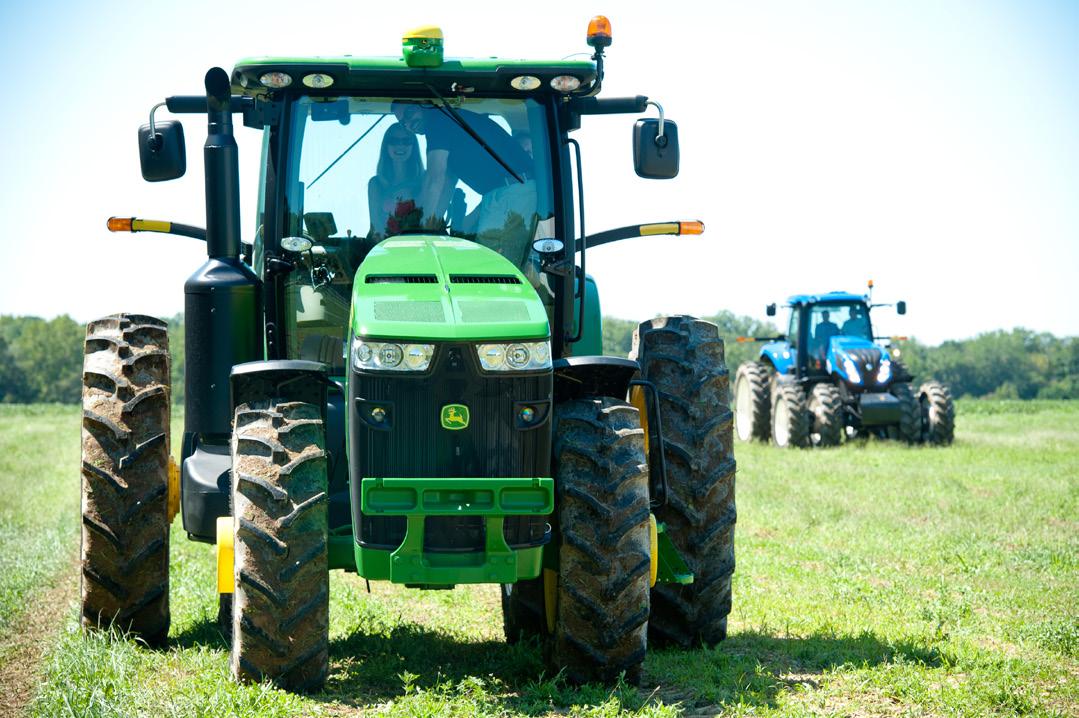
The Uniform Trade Secrets Act (UTSA) provides a legal framework to better protect trade secrets for U.S. companies operating in multiple states. Courts in 47 states and the District of Columbia, Puerto Rico, and the U.S. Virgin Islands apply the UTSA as the trade secret standard to resolve conflicts regarding big farm data.
As of 2016, New York, North Carolina, and Massachusetts continue to apply their own definitions and standards (Legislative Fact Sheet).
Under UTSA, a trade secret must consist of information
which:
- Includes a formula, pattern, compilation, program, device, method, technique, or process;
- Derives independent economic value, actual or potential, from not being generally known to or readily ascertainable through appropriate means by other persons who might obtain economic value from its disclosure or use; and
- Is the subject of efforts that are reasonable under the circumstances to maintain its secrecy.
When applied to agricultural data, these three aspects of the definition help clarify how farm data can be considered a trade secret. Consider the UTSA definition applied to growing soybeans.
- Is the manner and strategy in planting and harvesting soybeans a formula or pattern?
Arguably, yes, they are.
- Does growing soybeans in this manner derive economic value?
In good years, absolutely.
Is a farmer’s specific plan for growing and raising soybeans, for example, by using the data from previous years (soil conditions, fertilizer use, irrigation practices, and the like) “generally not known or readily ascertainable” to other people in or outside of the industry? Possibly. In this case, farm data do not exactly fit the UTSA definition and the law needs to catch up with technology.
However, when determining if the data are “readily ascertainable,” courts have recognized that where information is available by other means (like a phone book as opposed to a company’s customer list), the data are not protected by trade secret law (USAChem, 1975). For example, if dairy cow genetics are available on a public database, the genetic data would not be considered a trade secret, nor protected.
The third aspect of the trade secret definition deserves further consideration. Farmers, landowners, and their advisors are unlikely to employ reasonable efforts to maintain the secrecy of their data or practices. Consider the farmer who has grown and harvested the same crops on the same property for several years and understands a particular piece of land better than other people. The farmer potentially has a good argument that the farm data are a trade secret, as long as he/she takes reasonable steps to maintain its secrecy.
When considering if the steps taken are reasonable, courts look to the farmer’s actions. This is done on a case-by-case basis and may depend on the data and the farm operation.
Consider the farmer who has grown and harvested the same crops on the same property for several years and understands a particular piece of land better than other people. The farmer potentially has a good argument that the farm data are a trade secret, as long as he/she takes reasonable steps to maintain its secrecy.
The question that logically follows is, “what if the farmer shares the data with a seed company, ATP provider, or cooperative?” Sharing could destroy “secrecy” unless participation is done anonymously via secure processes since actual secrecy is at the heart of “trade secret” protection. So are farm data protected under the UTSA and considered a trade secret? The facts seem to weigh in favor of the farmer, but unfortunately until laws are created to categorize agricultural data, the courts will give the legal guidance.
What Protections Does Trade Secret Status Allow the Owner?
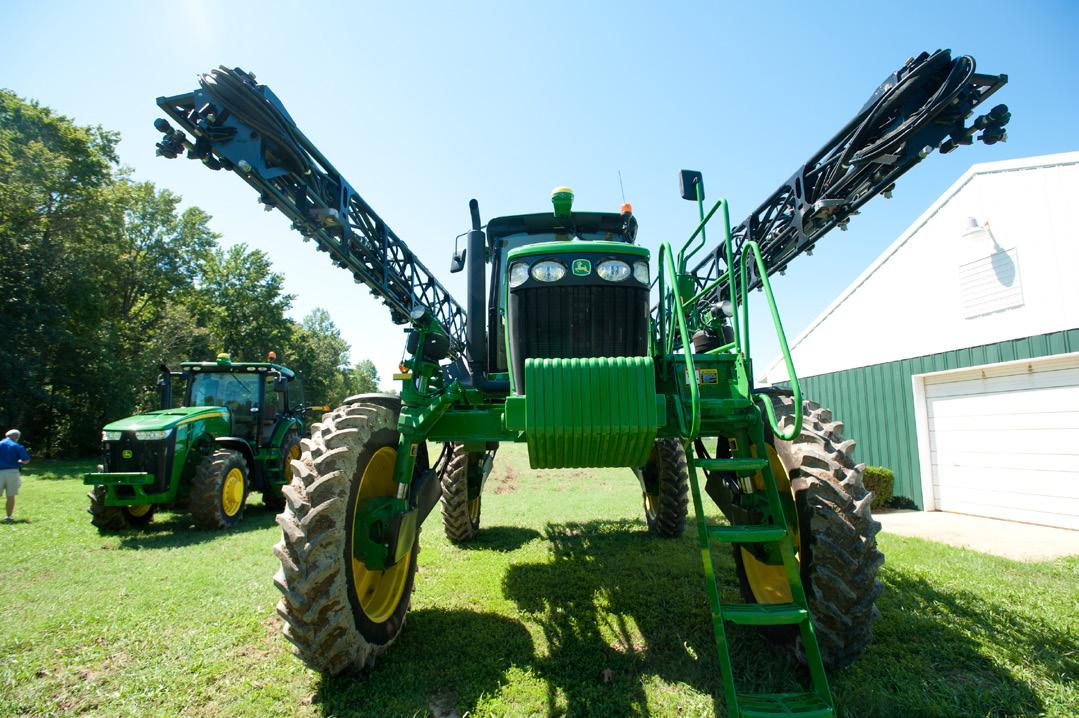
Trade secret protection may give farmers with farm data remedies in justice and law if the farm data are misused through hacking or deliberate misappropriation, for example (Uniform Law Commission). Any use of a trade secret (in this case, farm data) without permission from the farmer or farm data owner which results in disclosure of the data gives a farmer the legal capacity to recover damages. In this way, trade secret law protects the farm data owner from disclosure or improper use (e.g., market manipulation for a certain crop or selling to third parties for land-leasing purposes).
Several thousand farmers across the Corn Belt have yield monitor data streaming to an ATP or other data repository in near real time as a crop is being harvested. Although agreements stipulate otherwise, suppose the repository misappropriates the data by selling early yield estimates to commodity traders. The farmers may be able to recover one of the three types of damages:
- Actual damages may include lost profits, which are typically calculated as net profits (meaning gross profits minus overhead and expenses required to run the business).
- Reasonable royalty rate is determined by constructing a hypothetical negotiation for licensing the trade secret (in this case, farm data), between the parties at the time misappropriation began. The law assumes this hypothetical negotiation occurred and the farmer, who ordinarily would not license his trade secret to the misappropriator, did so willingly for a bargained-for price.
- Unjust enrichment seeks to return the benefits the misappropriator gained to the farmer.
For a more detailed analysis of how to potentially calculate damages in a hypothetical case, see Griffin, 2016 for more detail.
Several thousand farmers across the Corn Belt have yield monitor data streaming to an ATP or other data repository in near real time as a crop is being harvested.
Actual Damages in a Farm Management Context Can Be Difficult to Prove

Little quantitative evidence exists on the benefits of farm data to a farm operation. Farms that collect but never use data (for example, combine yield monitor data which are not downloaded at least once per season) further compound the issue. Unused data have zero value to farm operations. Not all farms successfully use data in farm management decision making. Even farms which do use their data have a wide range of expected benefits. Individual farms may not expect to find it worthwhile to prove ‘actual damages’ or initially instigate a lawsuit. When data are disclosed, farmers’ competitive advantage with respect to local bargaining power may be lost (Griffin et al., 2016).
Proving damages may not be worth it to individuals; however, a group of farmers may have a better chance at recovery considering their collective data have more value than individual. If a group or cooperative of farmer data are misappropriated, proving actual collective damages may be easier due to the value added for regional data, for example, versus individual farm data.
Reasonable Royalty: How Much Farmers Are Willing to Accept for Farm Data Will Likely Differ From How Much Data Aggregators Are Willing to Pay
However, there’s no ‘let’s negotiate’ button on an end-user license agreement (EULA), that usually accompanies farm data software downloads. Farmers have no bargaining power once the data system has a critical mass of farms/acreage. Farmers consistently place implicit value on their data, however, much like they do for their herd genetics. The farmer who values farm data positively would not accept the $0 offered by data aggregators.
In the case of big farm data, the value to the community is greater than the sum of the individual member benefits. Given this ‘network effect’ where the value of the system is a function of the number of members, the aggregator enjoys much greater benefits than any individual or the collective group. Therefore the ‘reasonable royalty’ may be difficult to estimate given that there is only a relatively small value to each individual.
We know that the value to the aggregator is greater than the sum of all the individual benefits; however, we also know that any farmer can withdraw from the network without causing the aggregator to lose value. Therein lies the problem of estimating reasonable royalty; the aggregator can argue that the value of data from any given farm is $0 to the aggregator.
Given the Network Effects of Farm Data Valuation, “Unjust Enrichment” Is the Most Likely Way for Farmers to Claim Damages
The marginal value of individual farm data is very small but in the aggregate, the big data repository has an opportunity for “unjust enrichment.” The legal concept refers to situations in which one entity (person, firm, etc.) is enriched at the expense of another in circumstances which the law treats as unjust.
A data aggregator benefits disproportionately compared to individual network members (farmers) who may have already captured potential farm-level benefits from their data. However, aggregators may benefit more than the sum of all individual farmers, even to the point that competitive advantages of individual farms are lost. In some cases, aggregators may receive the “unjust enrichment” as part of an intentional breach, at least from the farmer’s perspective.
Farmers Should Consider Protections of a Well-Worded Contract or Nondisclosure Agreement
In theory, classifying farm data as trade secret information offers farmers legal recourse. If the courts do not agree with the trade secret designation, however, farmers will not have the protections afforded by the relevant law. In that case, farmers may consider placing protections into contracts with their ATPs, cooperatives, and other service providers to protect their farm data.
Until the legal framework catches up to agricultural technology, ensuring protection of farm data in a well-crafted contract is the best management practice to follow. Although this list is not exhaustive, some issues farmers may want to consider and discuss with an attorney are:
- What control will the farmer have over the data?
- Are the data portable between computer media or transferable to other entities?
- Can the farmer share the data if he/she switches to another ATP?
- How will the data be aggregated and kept anonymous? a. Can the data later be deleted after use? What measures are used to delete data or otherwise make it unusable? b. Does the contract require affirmative consent before data can be shared with an ATP or a third party or modified?
- Will the farmer be notified of changes to an ATP’s privacy policies?
- Does the agreement prohibit an ATP from using data for speculation in commodities markets?
- Can the ATP modify the data? Remember, if the ATP changes the data itself, the ATP can claim ownership, thus destroying original ownership.
- What security measures does the ATP use to prevent data breaches? What internal and external auditing procedures are in place?
Farmers could also consider protecting data by using a nondisclosure agreement (NDA). An NDA is a legally enforceable contract that creates a confidential relationship between a person who holds some kind of information (the farmer) and a person/entity to whom the trade secret is disclosed (ATP, cooperative, etc.). The NDA must be executed BEFORE the information is disclosed.
NDAs contain a few key elements, including:
- Defining who is disclosing and who is receiving;
- Defining the trade secrets in detail;
- Excluding what is NOT protected as a trade secret (e.g.: publicly available information);
- Establishing a duty to keep information secret;
- Specifying allowed uses/prohibited uses;
- Setting an enforcement period, usually defined by event rather than time;
Some additional items to consider including in a NDA are:
- Data destruction requirements;
- Injunctive relief: Rather than offering money as payment for misuse, injunctive relief is a court order for the defendant to stop a specified act or behavior. For example, the court order can require the misappropriator to halt any further use of the “trade secret”;
- Integration clause: This clause states that everything the employee and employer have agreed upon is contained in the NDA and no other agreements, oral or written, will be included into that specific NDA;
- Attorney’s fees; and
- Alternative dispute resolution which requires mediation first rather than court.
Farmers could also consider protecting data by using a nondisclosure agreement. An NDA is a legally enforceable contract that creates a confidential relationship between a person who holds some kind of information (the farmer) and a person/entity to whom the trade secret is disclosed.
These considerations are not an exhaustive list for contracting farm data protections. It is always a good idea to have a qualified attorney look over the details of any contract.
Bargaining Power Within Contracts Can Help You Decide Where Data Are Housed
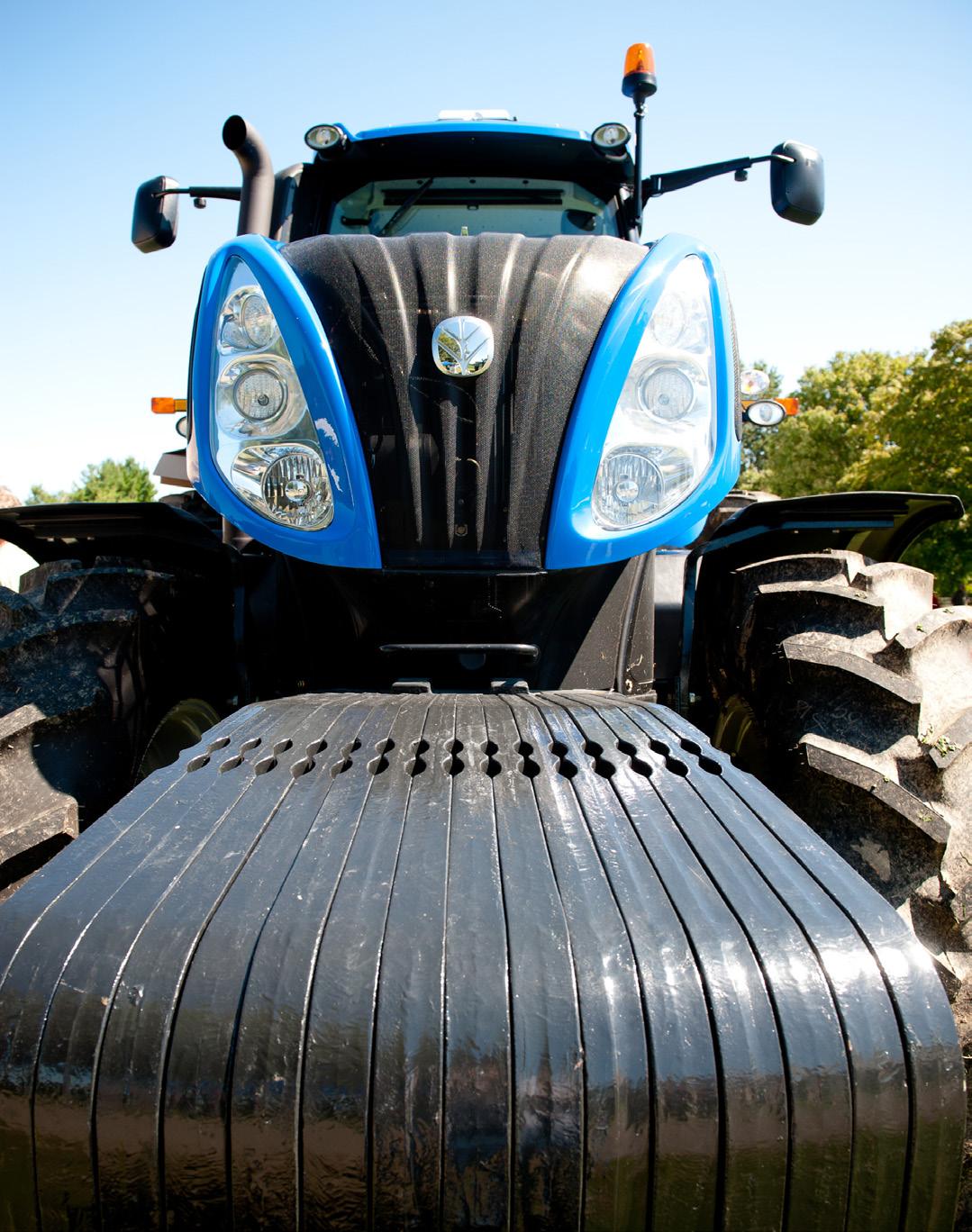
Simple economics of supply and demand may inevitably solve the issue of the ATP’s out-leveraging farms in bargaining power for farm data, at least in the short run. Although initially many companies may compete to become the most successful farm data company, not all ATPs are expected to be successful in the long run.
What does this mean? The relative advantage of farmers compared to aggregators likely will change as more farmers join the big data system. In the system’s infancy, however, there are numerous ATPs striving to attract farmers who currently are able to pick and choose which ATP to house their farm data. Since many ATPs are attempting to attract farm data, these companies must be farmer-friendly, which means they must alleviate farmers’ fears with respect to data ownership, privacy, and security.
Farmer perceptions of ATPs are important to their success. An ATP which manufactures or sells products in the agricultural sector is unlikely to be successful in the farm data sector because farmers may perceive the firm as using the data to sell more products (Mayer-Schönberger and Cukier 2014). Ultimately, any company with unfavorable perceptions, does not allow farmers to retain ownership of farm data, or does not leave the data decision making up to the farmer, will likely be excluded from being a viable farm data ATP.
Does the Data Stay With the Land or the Landowner?
Another issue in the discussion of farm data is the ownership of the data when the land is leased and farmed by another individual. There are three critical clauses to include in a farm lease to address ownership of farm data:
- Define what the data are;
- Stipulate early in the lease relationship who owns this data; and
- Specify how and which data are shared between landlord and tenant and whether the farm data are transferred to the landlord at the end of the lease (Janzen, 2015).
Clauses for land leases should be considered for the potential impacts on farm management (Goeringer, 2015). These clauses can be customized to fit the landlord and tenant’s specific and unique needs. The landlord, for example, may want data defined broadly to include all forms of data collected on the farm.
The landlord and tenant should settle negotiations before the lease begins. Regardless of whether the landlord or tenant will own the data during the duration of the lease, landowners are likely to pay close attention to the third clause in the list above to ensure the data ultimately stay with the land for future use and negotiations.
In the negotiating process, however, the landowner likely has incentive to provide the current farmer-tenant access to the data. This does not directly imply that the data should ‘belong’ to the land rather than the current landowner, but that opportunity for negotiation exists regarding transferring data between parties. However, economic theory suggests that in the long run, the value of farm data will be built into farmland values. For the same reasons, farm data are also expected to stay with the land.
References
- Fishman, Stephan and Richard Stim. “Nondisclosure Agreements: Protecting Your Trade Secrets and More,” 2001. NOLO. 300 pp.
- Goeringer, Paul. “Farm Leases and Big Data: Issues That Cannot Be Settled by a Handshake Deal” Last visited December 21, 2015. http://www.aglaw.umd.edu/blog/farm-leases-and-big-data-issues-that-cannot-be-settled-by-a-handshake-deal?rq=data
- Goeringer, Paul, Ashley Newhall, and John Molye. Privacy Issues and the Use of sUAS/Drones in Maryland, University of Maryland Extension FS-998, November 2015.
- Grant, R. M. “The resource-based theory of competitive advantage: implications for strategy formulation,” Knowledge and Strategy, 33(3), 3–23. 1991.
- Griffin, T.W. 2016. Value of Farm Data: Proving Damages Based on Trade Secret Protections. Kansas State University Department of Agricultural Economics Extension Publication KSU-AgEcon-TG-2016.2 June 2016. https://www.agmanager.info/machinery/precision- agriculture/value-farm-data-proving-damages-based-trade-secret-protections
- Griffin, T.W., T.B. Mark, S.L. Ferrell, T. Janzen, G. Ibendahl, J.D. Bennett, J.L. Maurer, and Shanoyan, A. “Big Data Considerations for Rural Property Professionals,” Journal of American Society of Farm Managers and Rural Appraisers, pp 167-180. 2016.
- Janzen, Todd. “Does Your Lease Address Farm Data?” http://www.aglaw.us/janzenaglaw/2015/10/2/does-your-lease-address-farmdata
- “Legislative Fact Sheet - Trade Secrets Act.” http://www.uniformlaws.org/LegislativeFactSheet.aspx?title=Trade%20Secrets%20Act
- Mayer-Schönberger, Viktor and Kenneth Cukier. Big Data: A Revolution That Will Transform How We Live, Work, and Think, Kindle Edition. Houghton Mifflin Harcourt Publishing Company, New York, NY. 257 pp. 2014.
- Newman, Devon Zastrow. The 3 types of trade secret misappropriation damages claims an expert can help prove. Inside Counsel. April 2015. http://www.insidecounsel.com/2015/04/24/the-3-types-of-trade-secret-misappropriation-damag
- Uniform Law Commission Website. http://www.uniformlaws.org/ActSummary.aspx?title=Trade%20Secrets%20Act
- USAChem, Inc. v. Goldstein, 512 F.2d 163 (2d Cir. 1975).
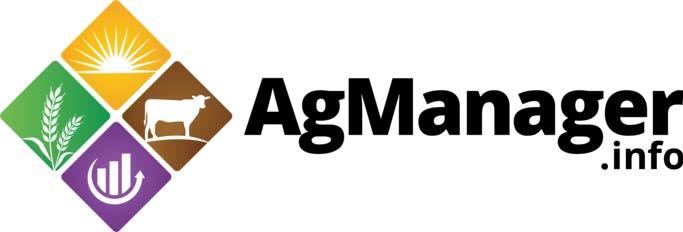
ASHLEY C. ELLIXSON
Extension Legal Specialist
DR. TERRY GRIFFIN
Cropping Systems Economist, Kansas State University
twgriffin@ksu.edu
This publication, Farm Data: Ownership and Protections (FS-1055) is a part of a collection produced by the University of Maryland Extension within the College of Agriculture and Natural Resources.
The Agriculture Law Education Initiative is a collaboration between the University of Maryland Francis King Carey School and College of Agriculture & Natural Resources, University of Maryland, College Park. Through the University of Maryland Extension - the statewide, non-formal agriculture education system - the collaboration partners with the School of Agricultural and Natural Sciences, University of Maryland Eastern Shore.
The information presented has met UME peer-review standards, including internal and external technical review. For help accessing this or any UME publication contact: itaccessibility@umd.edu
For more information on this and other topics, visit the University of Maryland Extension website at extension.umd.edu
University programs, activities, and facilities are available to all without regard to race, color, sex, gender identity or expression, sexual orientation, marital status, age, national origin, political affiliation, physical or mental disability, religion, protected veteran status, genetic information, personal appearance, or any other legally protected class.